In our frenetic, interconnected world, it is difficult to ever truly get off the grid – your emails can find you almost anywhere, and these days you are never too far from the hum of a backup generator. But Samara Karoo Reserve is not one of those places.
Nestled at the foot of the Sneeuberg mountains, a three-hour drive from Port Elizabeth, this remote location is the perfect place to acquire some much-needed peace.
Samara is a Big Five nature reserve sprawling over 67,000 acres, most of it reclaimed farmland. It is a free-roaming reserve, which means the animals can come right up to the edges of the camps and say hello. (The giraffe are particularly curious.)
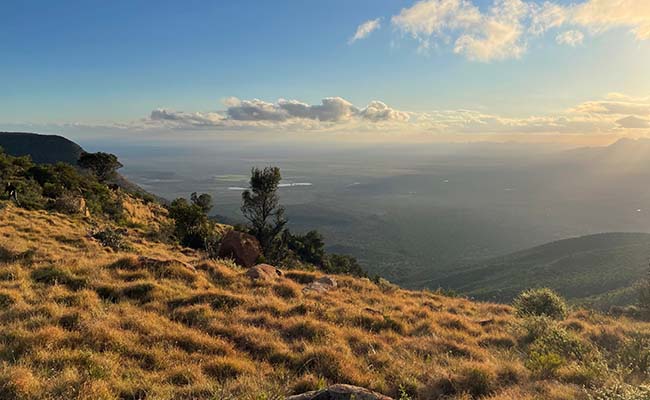
Along with the Big Five, all the iconic creatures of the Karoo are here: giraffe, cheetah, springbok, black wildebeest, eland, oryx, blesbok, aardvark, blue cranes, ostriches – even a Ludwig’s bustard or two.
The reserve was established in 1997 by Sarah and Mark Tompkins, who have spent the last 30 years rewilding the Karoo’s lost wilderness. Their hope is to one day expand enough to create a thriving wilderness corridor all the way down to Addo Elephant National Park.
There is a wealth of luxurious places to stay on the reserve, including the Karoo Lodge – a luxurious contemporary interpretation of Karoo farmhouse style, complete with 19th-century paintings of the escarpment and a wealth of cosy fireplaces. Also a highlight: the wide wraparound verandas shaded by grand oak trees. And for the more horizontally inclined, there are several enveloping leather couches to sink into and take a nap, which I would highly recommend.
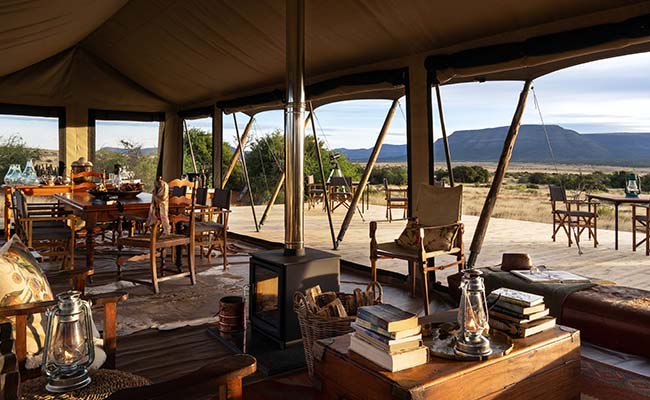
Even more remote, and a little more rustic, is Plains Camp, which is situated – you guessed it – on the plains of the Samara reserve. Sleeping in canvas tents, completely unfenced, brings you closer to nature than ever. You’ll fall asleep to the sounds of jackals yipping alarm calls, while a lion – or a male ostrich – grunts in the distance. It is fully fitted with hot showers and wonderfully soft beds, but there is no electricity, and everything is lit with solar-powered Consol jar lanterns.
If you do the Samara Cheetah Trail, you have the option to spend a night under the stars, with nothing between you and the endless sky but a mosquito net. This can be a rather unnerving experience, with the baboons sounding off in the valleys on the mountains – but seeing the Milky Way in its true glory is breathtaking. You will also wake up to a lovely pink and orange Karoo sunrise…
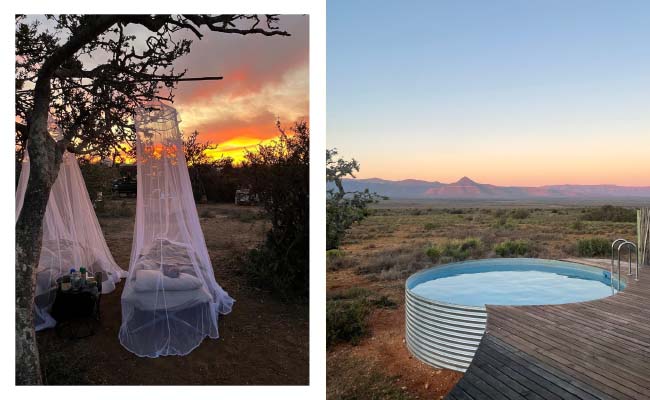
All accommodation is complemented by gracious service and superb cuisine – do not miss the delicious Karoo lamb chops at dinner, or the braaied aubergines with Napoletana sauce. And you must have at least two servings of their pineapple and berry coulis dessert. Plains Camp chef Nosipho Booi is excellent at her craft and will gladly whip up whatever your heart desires.
Walk on the wild side
The reserve is best known for its cheetahs, which you can walk alongside as an activity on the reserve. Samara has contributed massively to the conservation of the species and has a large group of them roaming the reserve.
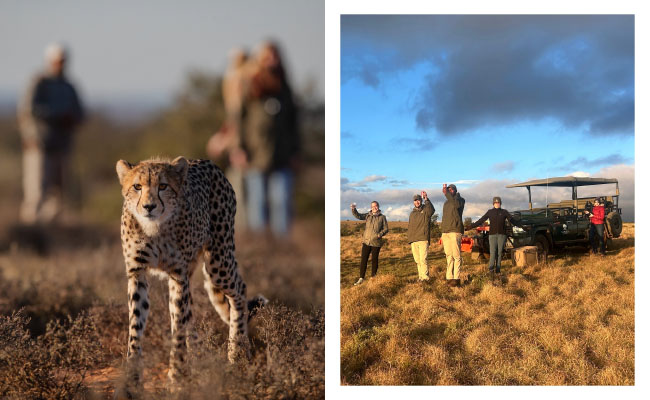
One of their most famous cheetahs, Sibella, was the first of her species introduced back into the Karoo in 125 years. She was a wild cheetah rescued from a farmer’s cage, beaten and badly wounded, and brought to the reserve in 2004 where she thrived, giving birth to 19 cubs (2.4% of South Africa’s cheetah population!) before she died in 2015.
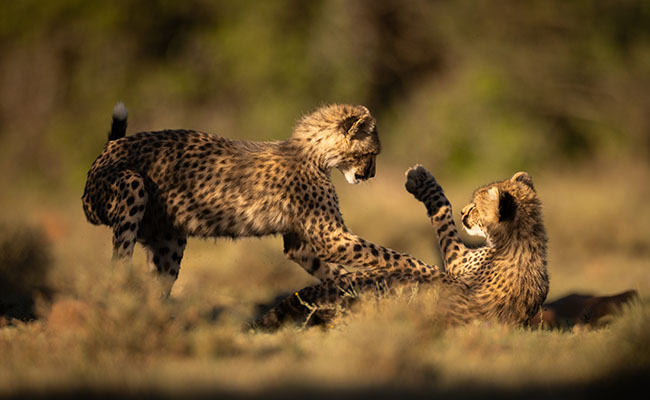
In the afternoon, you can catch two large cheetah brothers – affectionately known as the Kalahari Boys – taking naps on the grasslands near Plains Camp, or follow feisty female cheetahs Naledi and Lesedi around the reserve as they hunt with their cubs.
It isn’t just the animals that are the drawcard at Samara though; the flora is wonderful too. The reserve is equally as concerned about the conservation of its land as the animals, and it shows in their knowledge and respect for the area.
Guides Roelof Weisner and Jason Hesi can tell you all sorts of interesting facts about the trees and plants of the area, pointing out which ones are good for treating burns or rashes, or are poisonous and should not be touched under any circumstances. It helps that they have strikingly descriptive names to remember them by – Bushman’s candle, tall white squill, Karoo gold, the spiky voëltjie-kan-nie-sit-nie.
On one of our morning walks, Weisner and Hesi brought us to a large, barren patch of the reserve, which they explained had been treated with pesticides when it was farmland, which had destroyed the soil. Further along, they brought us to a large, luscious patch of green bush that had once been burnt soil too, but that they had rehabilitated back to life. This is just one of the many examples of Samara’s commitment to conservation and returning the land to its wild heritage.
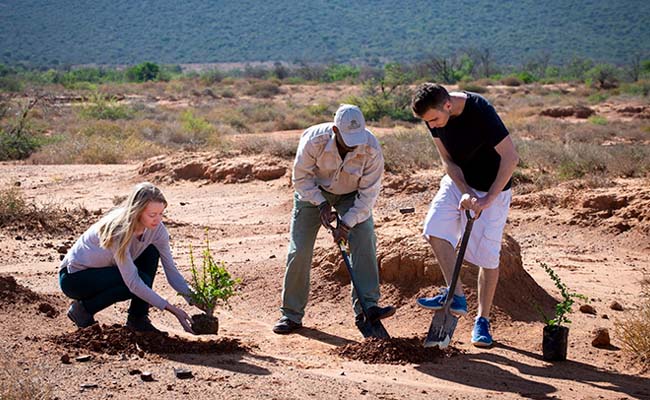
Each walk with these guides is a memorable one – a particular favourite of mine included coming across a tower of giraffes feeding off some shepherd’s bush. We all sat down on the ground and waited as the curious giraffes came over to get a whiff of us. They got giddily close, casting shadows over the group and making us feel rather like ants.
The usual safari activities are available but in such a secluded and exclusive setting, they are noticeably different from the hyped-up, tourist-oriented safaris you find in the northern parts of the country. Rather than snapping photos of scruffy lions, you’ll be planting spekbooms and learning about the medicinal uses of bushy bulbine. But you can always snap a few photos of some cute cheetah cubs, too, and that combination encapsulates the allure of Samara.
Top image: Supplied.
Sign up to Currency’s weekly newsletters to receive your own bulletin of weekday news and weekend treats. Register here.



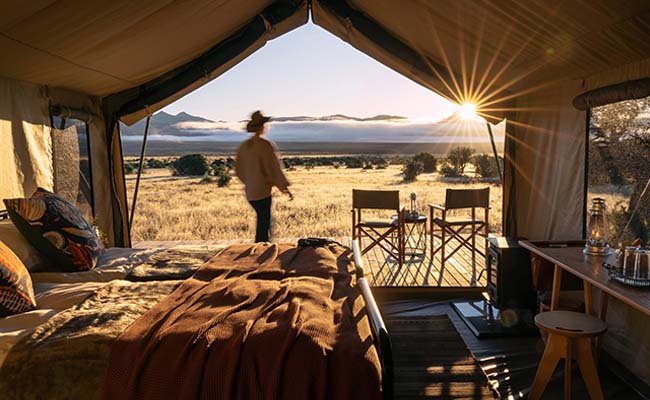



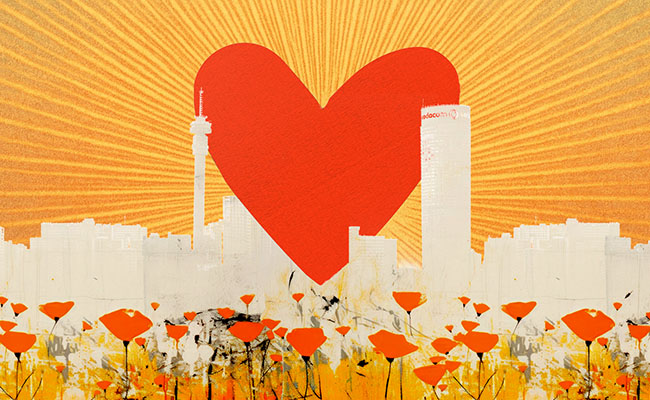
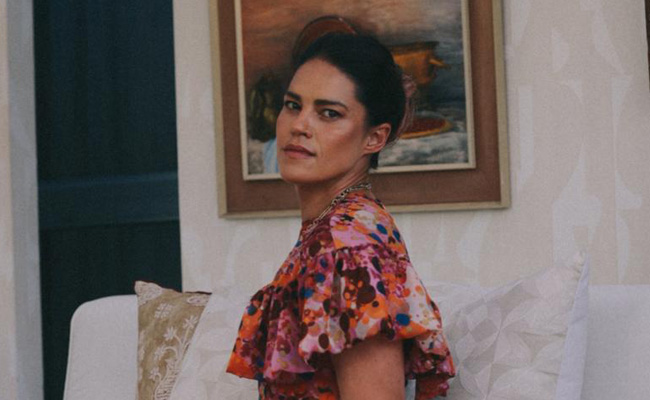
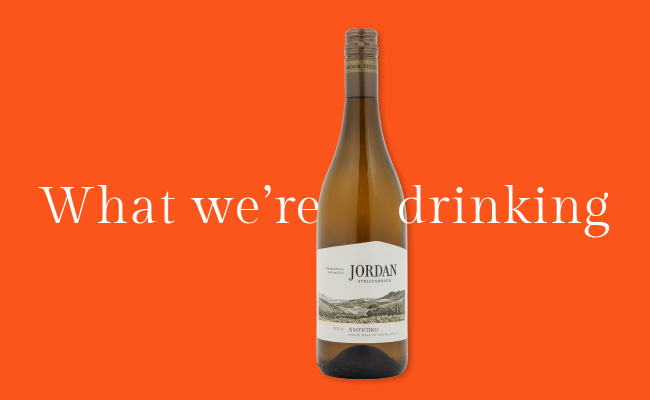
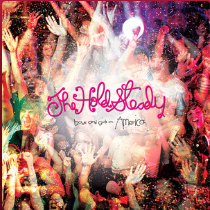



Thank you for this very well written piece, looks a special place and is firmly now on my list!
Thank you for pointing out Samara, sounds exactly my kind of place. Soon is the 21st birthday celebration of the Cape Leopard trust in the Cederberg mountains. We shall be there.